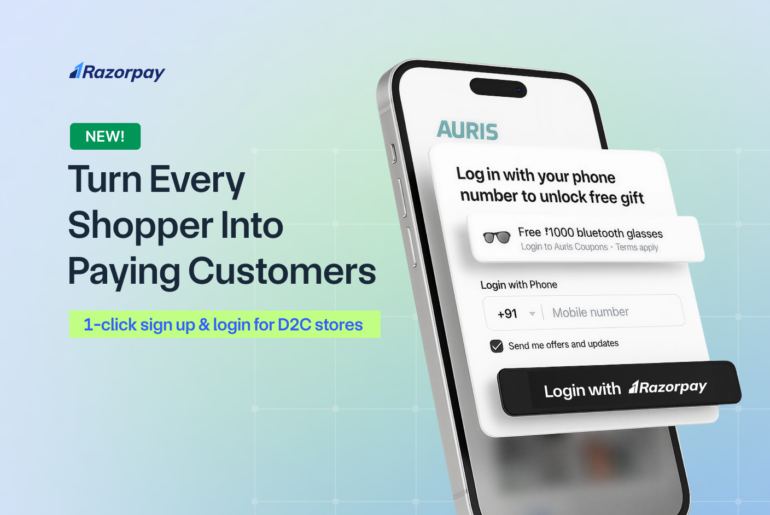With the growing number of online stores, chargebacks made by customers are becoming a real issue. Chargebacks are essentially a customer protection mechanism, where customers can claim refunds from card networks for online purchases made from fraudulent merchants.
This measure was instituted mostly to save customers from fraudsters with stolen credit card information and some poor quality merchants. However, for merchants, chargebacks can prove to be a real threat to cash flow, especially for small businesses.
In addition, chargebacks may hamper business reputation, which is very hard to repair. While little can be done to change the entire mechanism, online stores or merchants can adopt some easy and practical ways to avoid or reduce customer chargebacks.
Chargebacks are initiated for a variety of reasons from customers not being able to recognise the transaction to product mismatch to the lack of a refund policy. Here are some nifty tips for online merchants to avoid customer chargebacks:
1. Use a recognizable payment descriptor
Your payment or credit card descriptor is what customers see on their credit card statements after they have made the purchase. A good number of chargebacks occur when the customer is unable to associate with the name that appears on the bank statement as the brand name is entirely different from the business name (which is used as the payment descriptor).
When this happens, customers are not able to relate to the charge and initiative a chargeback with the bank. Hence, to make things easy, online merchants should use a payment descriptor that customers can easily relate to.
2. Ensure that products/services are well described
Ensure that products and services are clearly described online. Adding photos and including product dimensions for a physical products is good practice, so that customers know exactly what they are ordering before hand. For the sale of services, including all details clearly in a place that customers can easily read is essential.
The basic idea is to ensure that genuine customers are not prompted to process a chargeback because of product/service mismatch. In case return and cancellation policies differ for products belonging to different categories, it is advisable to mention the relevant policies for each of the products ordered.
3. Send prompt purchase confirmation emails
After customers have purchased products or services, ensure that prompt emails with complete details of the purchase, delivery dates and transaction details are sent.
This is especially critical for freemium products where customers are not charged for a limited free period, post which the customers start getting billed automatically through the card information provided initially. In such situations, clear emails both initially and before the billing cycle should be sent to customers. This way, customers don’t feel cheated about buying a service that they did not intend to buy.
4. Provide prompt customer support
A critical step in preventing customers from issuing chargebacks is to ensure that efficient and effective customer support is available to them. Genuine customers are people who trust the brand and are willing wait for the merchant to solve the problem. Support in the form of email, phone or chat support should be provided to customers.
In addition, merchants should ensure that internal support operations are well designed, support staff are well trained and problem resolution is optimised.
5. Strictly adhere to delivery dates
Adhering to delivery dates is one of the easiest ways to avoid customer chargebacks. Delayed delivery tends to irritate customers, prompting them to initiate chargebacks. In case you are relying on a third-party logistics partner, establish clear mandates about delivery requirements – like due dates, storage and packing requirements.
Another feature that puts all customers at ease is delivery tracking, this way customers are always aware about the status of their shipment, thereby reducing chargeback instances.
6. Have an effective return policy
Having a good return policy is an efficient way to ensure that customers don’t initiate chargebacks with banks. If customers are ensured that they can return their products and get their money back, it is unlikely that they will dispute a charge to begin with. While businesses still stand to lose money for the order they can save on the additional chargeback fees imposed by banks.
7. Have a good fraud identifying mechanism
Credit card frauds are also among of the reasons for customer chargebacks. Online merchants can have checks to identify suspicious card behaviour. Transactions that include high order values, frequent purchases and other checks based on the nature of business can be instituted in order to identify frauds beforehand.
After following all these best practices, as a business if you still feel that you have been unnecessarily been slapped with a chargeback, then by all means contest it with the bank. Ensure that all transactions details are well documented, in order to ensure a smooth process.
For more information on chargebacks, read our detailed Chargeback Guide
Related Read: What is the Difference Between a Chargeback And a Refund?



